
#5 Top Best Buy of 2025
Our 2023 Grüner Veltliner has just been named #5 Top Best Buy of 2025 by Wine Enthusiast! To be recognized among the very best Best Buys in the world is an incredible honor!

Our 2023 Grüner Veltliner has just been named #5 Top Best Buy of 2025 by Wine Enthusiast! To be recognized among the very best Best Buys in the world is an incredible honor!
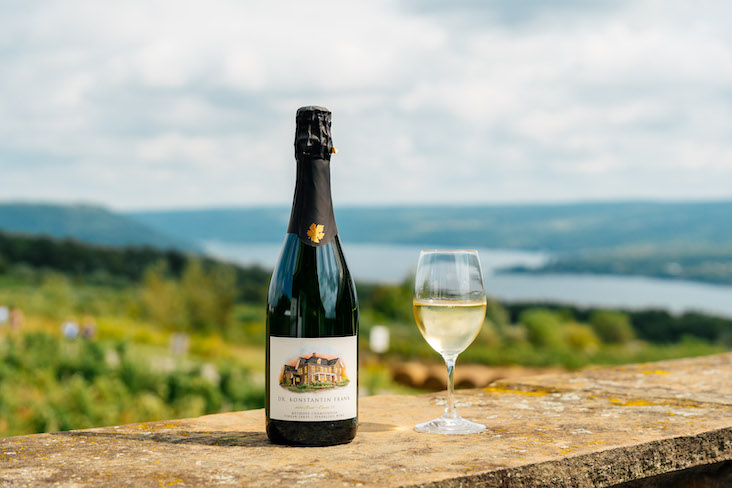
Forty years ago, the Frank family produced the first traditional-method sparkling wine in the Eastern U.S. made from the classic vinifera grapes used in Champagne. The move introduced a new standard of quality to New York’s Finger Lakes wine region.
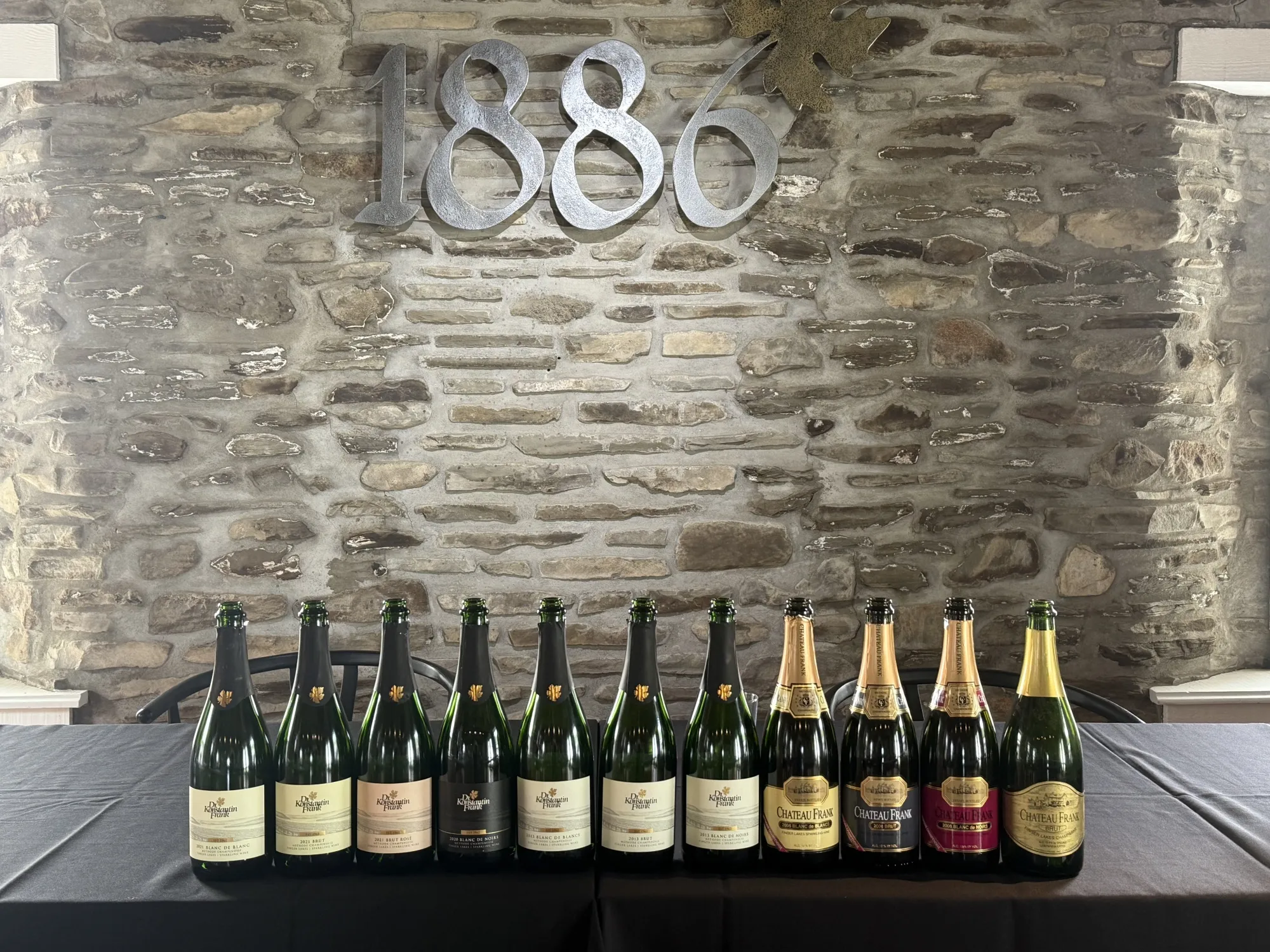
“A flight of 11 of them, from 1986 to 2021, blew me away. My biggest takeaway? How well they age. The 1986 was still fresh and impressive, with a deep gold color and plenty of richness. A 2011 blanc de blanc with lunch was just about perfect.”
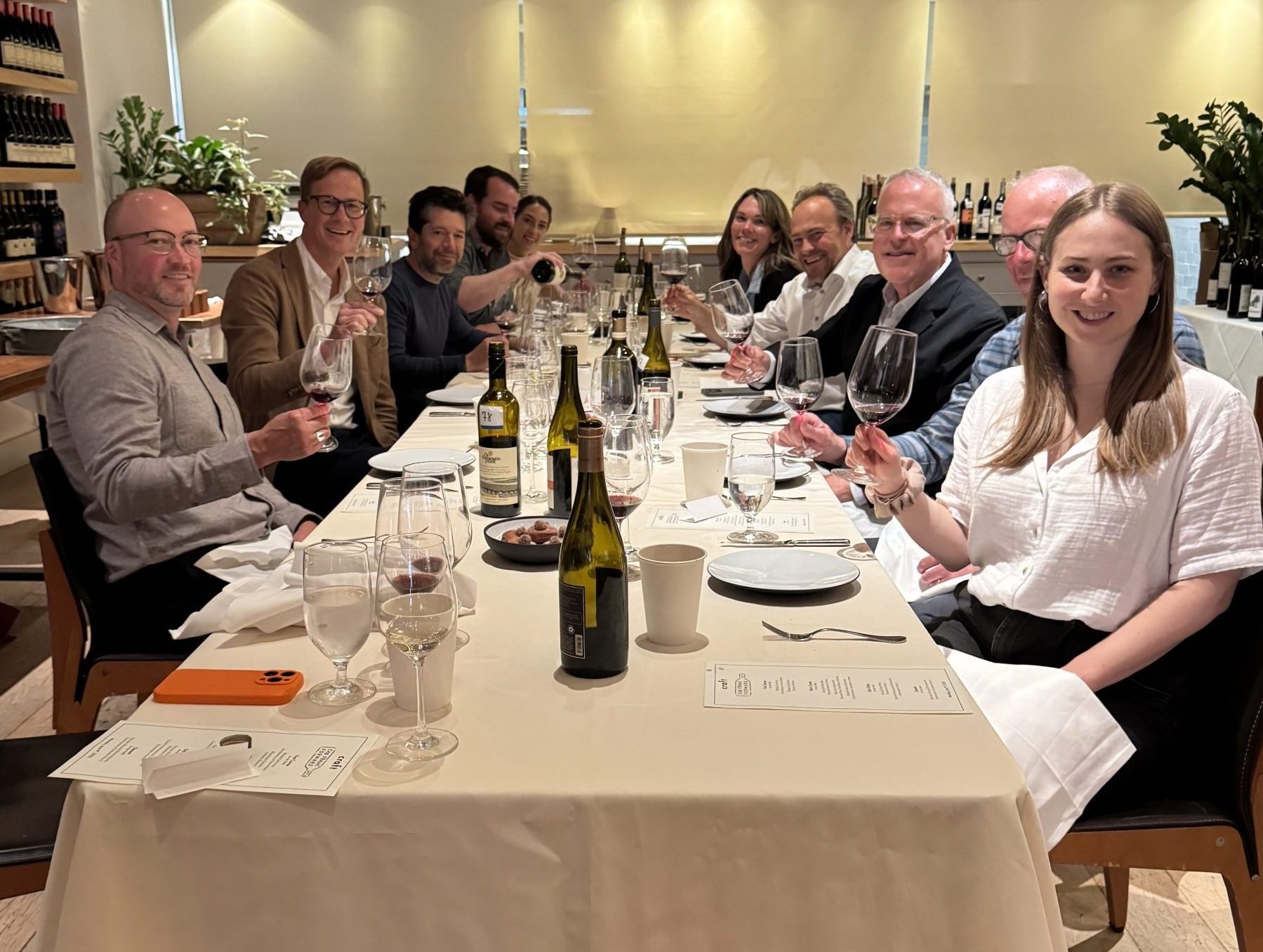
2022 Cabernet Frank, 92 Points -“Berry, mint and orange-blossom aromas come through nicely on both the nose and palate. Medium-bodied, this has fine tannins and a brightness and directness that deliver a happy palate at the end. Screw cap. Drink now.”
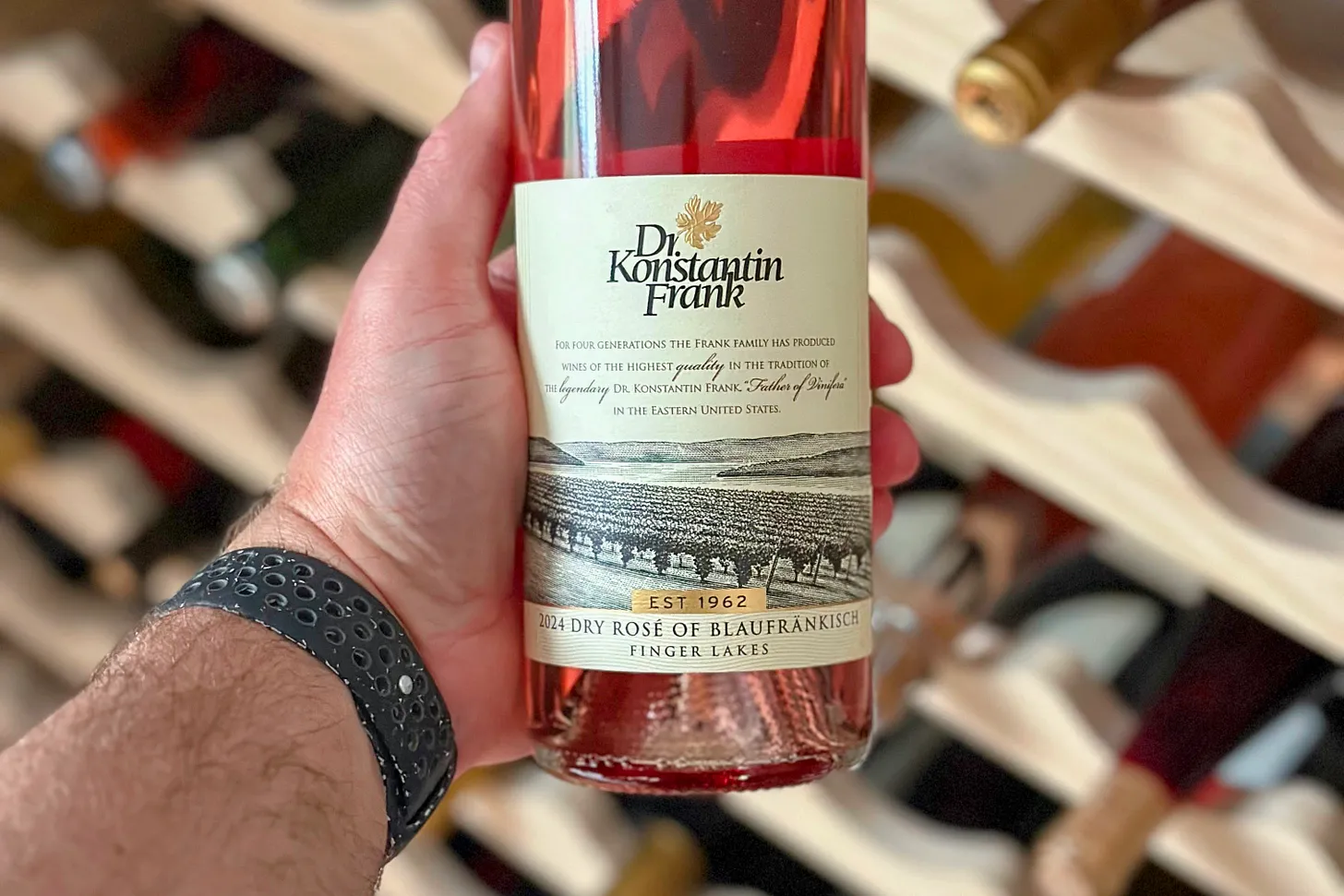
Another East Coast blaufränkisch rosé worth seeking out–if it makes it beyond Dr. Frank’s wine club
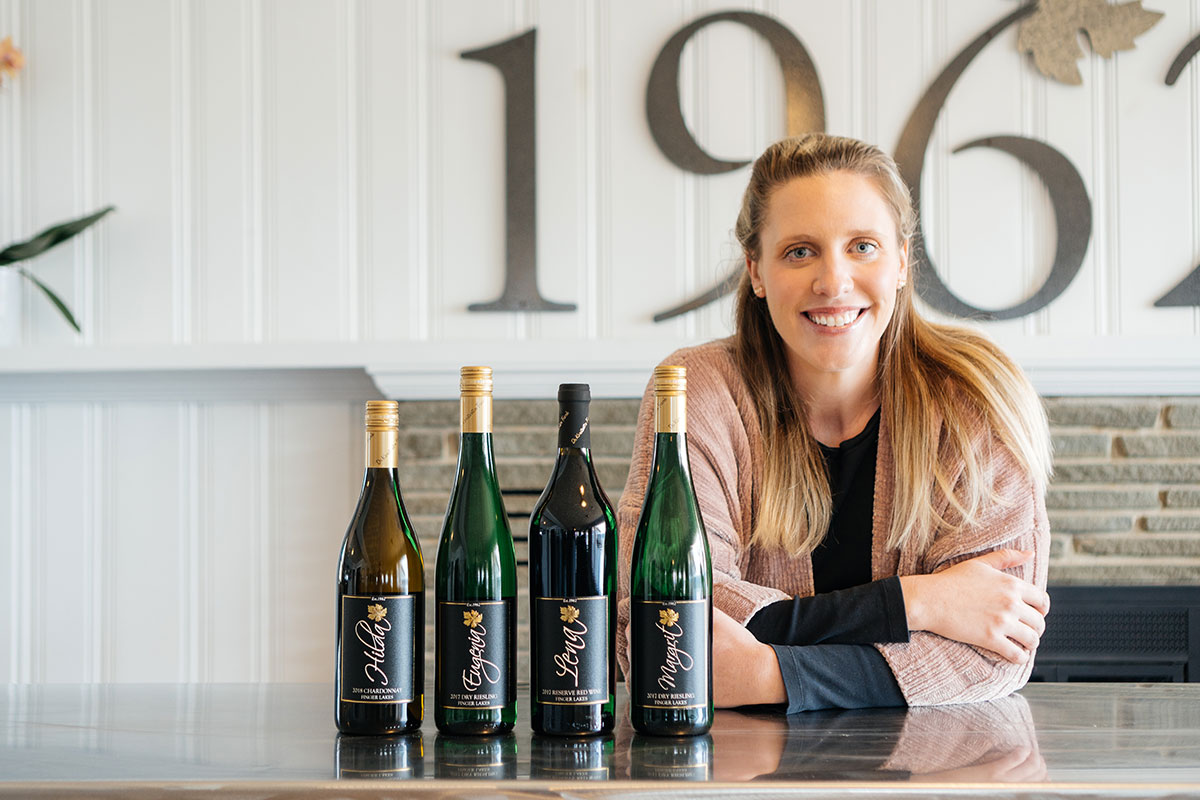
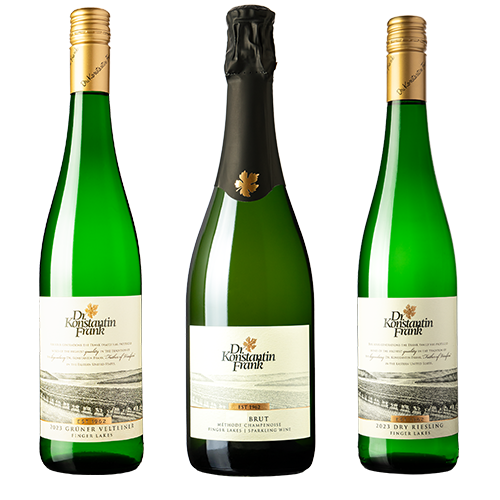
We rarely receive wines from this region. If Dr. Frank’s wines are emblematic of the quality bubbling underneath the surface, I look forward to exploring with greater intention in 2025.
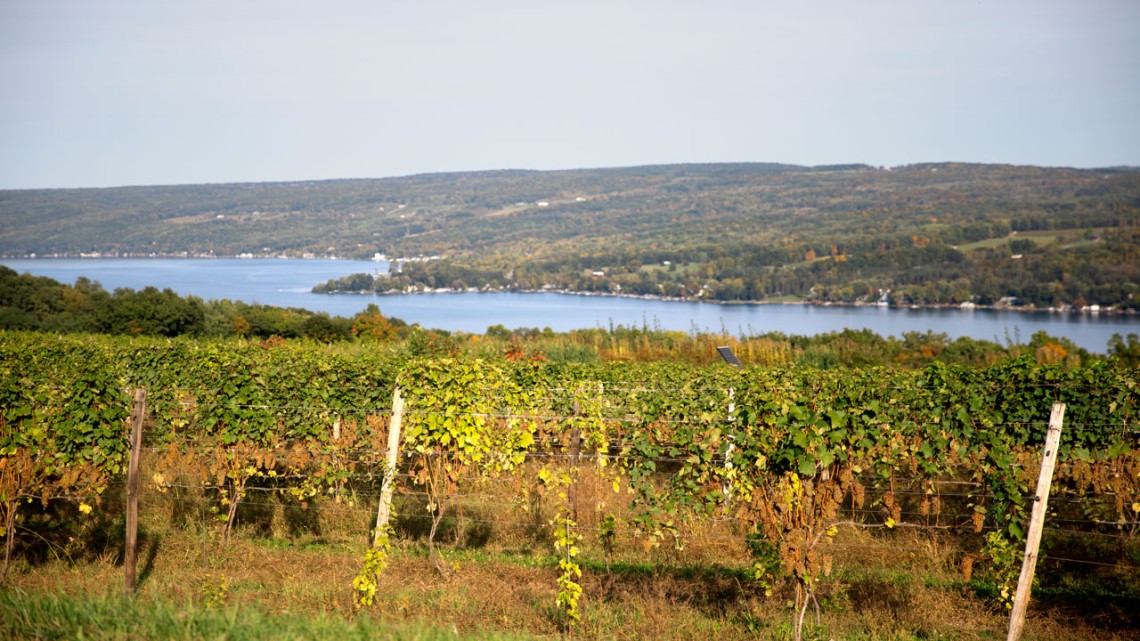
As for most agricultural products, climate change presents a raft of novel, and often unpredictable, hardships. But there are silver linings.
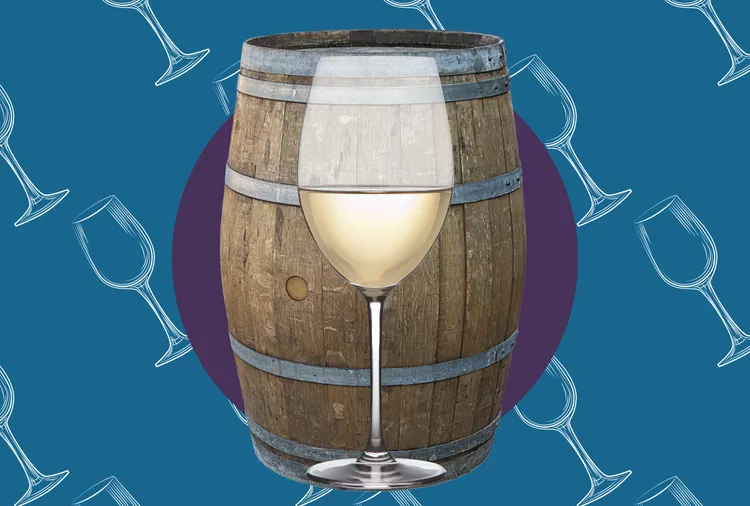
When used thoughtfully, oak can help reveal unexpected and delicious flavors.
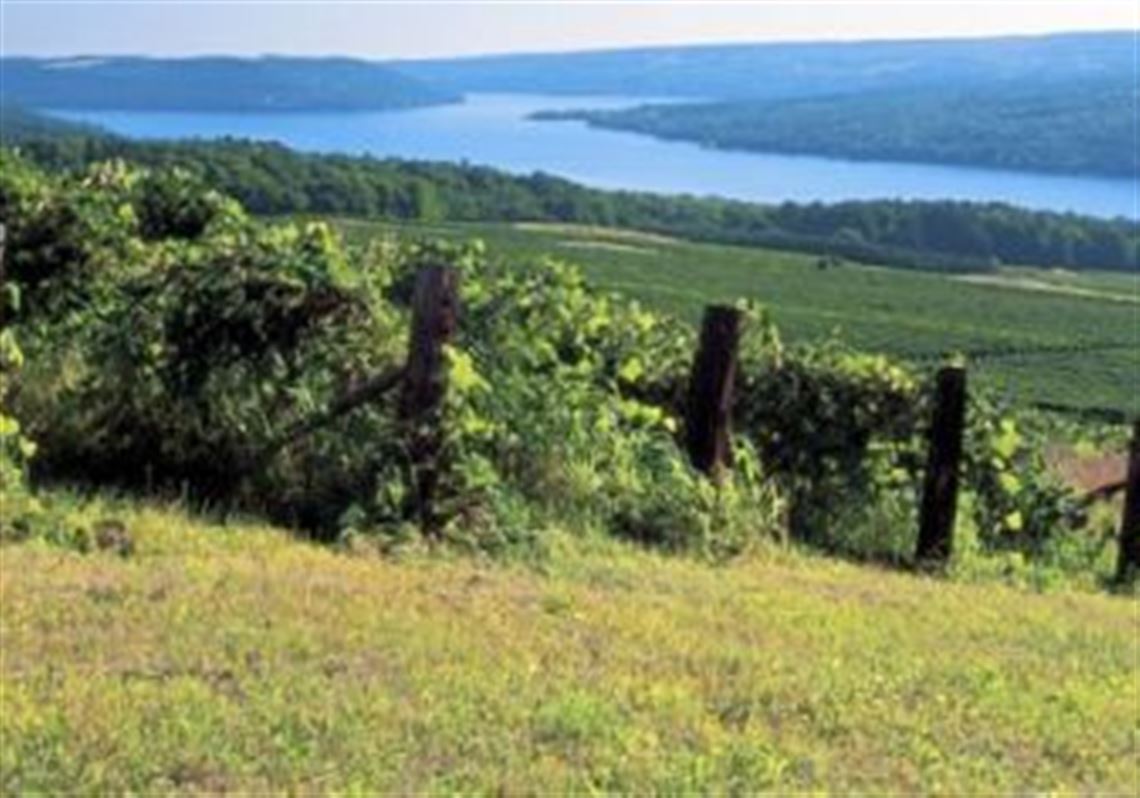
This is the second of a two-part series on wines made at the Dr. Konstantin Frank Winery in the Finger Lakes region of New York state.

Email list members receive first access to new releases, winery news, and exclusive offers.
Join our email list and stay connected with updates on new releases, special offers, and events.